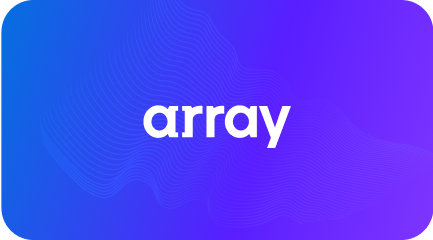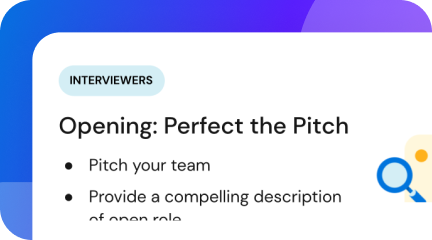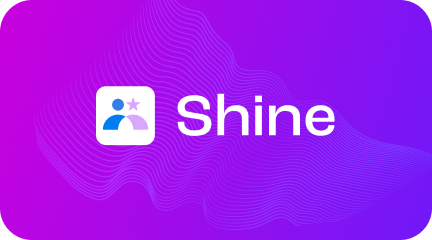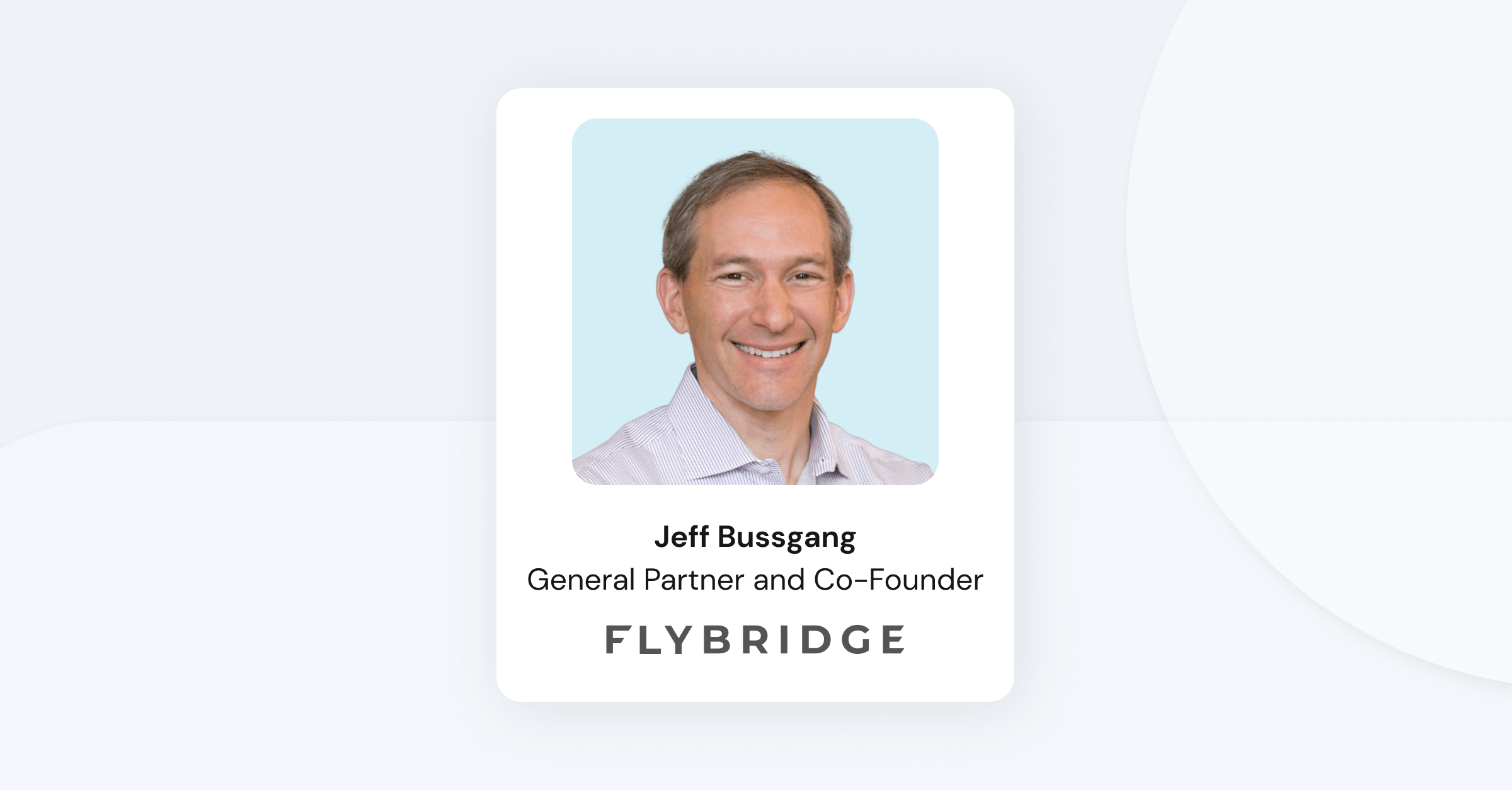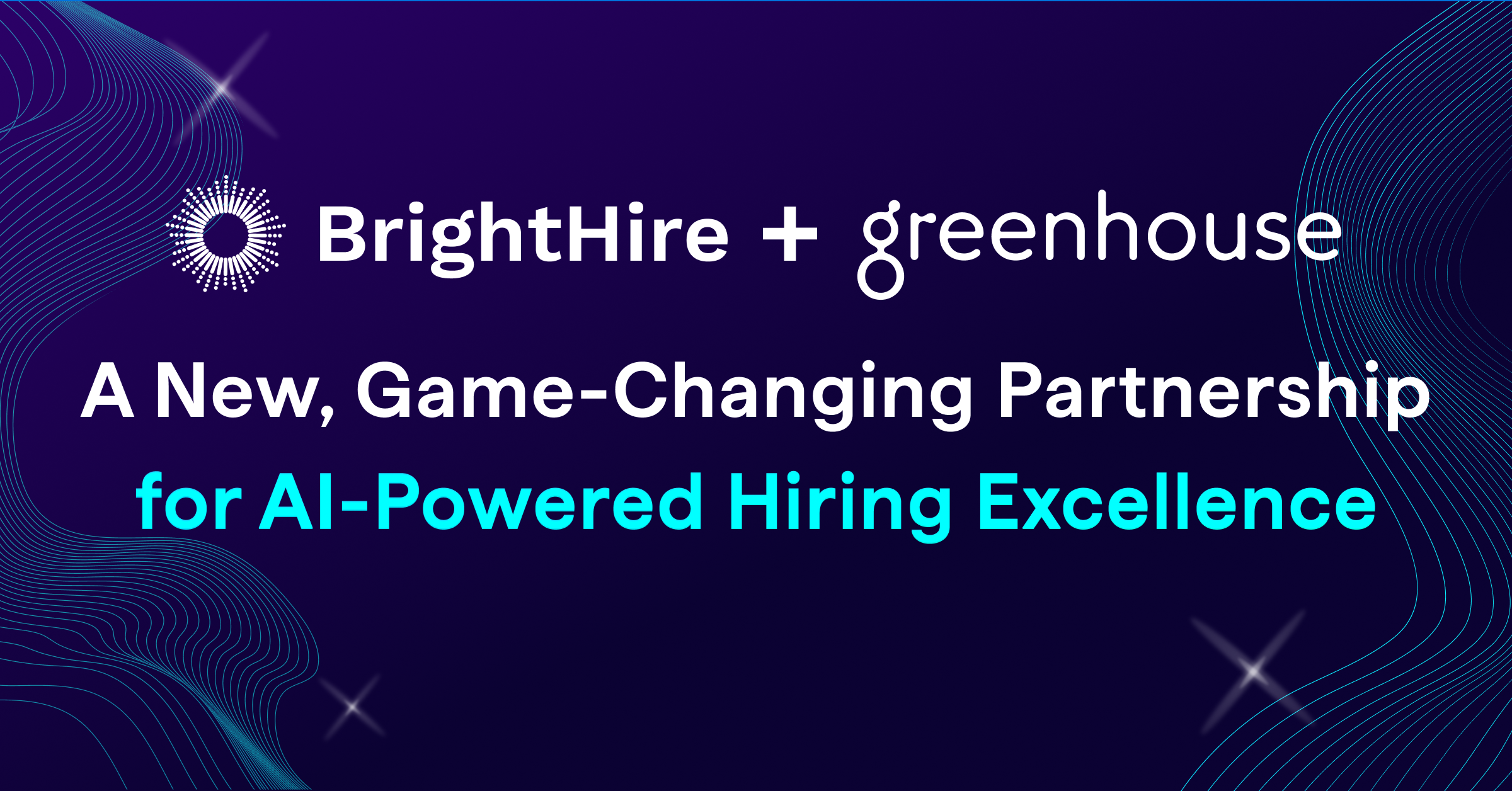Raise capital, hire great people, develop and launch a product, find product-market fit, grow revenue, build a great business. Rinse and repeat. It’s a pretty standard playbook, based on the underlying premise that to create a product, serve customers, and scale your business, you need to add employees to do the work, and you must have the capital to pay those employees. The typical assumption — and hence the fervent focus, along with thousands of blog posts and books, on fundraising tips and techniques — is that capital is the limiting factor. Water the plant and it will grow.
But in today’s market, capital is not the limiting factor. With low interest rates, a soaring stock market, and an accommodative fiscal policy, lack of capital is not holding high-growth companies back. It is the ability to attract, hire, and retain talent.
At my venture capital firm, Flybridge, we have shifted our evaluation criteria. More and more, we are assessing hiring aptitude and capacity in our due diligence: do these founders have the team, tools, and process to attract, hire and retain great talent?
A recipe for change
What is fueling this shift? And why is it so difficult to find and hire the right talent?
For one, the flood of capital — as mentioned above — is affecting our little corner of the economy as well. Venture capital funding hit an all-time high in the first half of 2021, adding to the already rising volume of job postings at tech companies this year. Combine that with the Great Resignation and the growing skills gap, and you have a uniquely challenging hiring climate. Companies, especially burgeoning startups, will not achieve lift off if they continue to follow business-as-usual hiring practices. In a “candidate’s market”, companies have to change their fundamental approach to their hiring process to win great talent.
In a candidate’s market, move faster
Venture capital and startups have always been about speed. In the boardroom, we used to focus on a company’s velocity of product development and velocity of sales. Now, the most important metric being focused on in boardrooms is the velocity of hiring.
“The fate of our innovation ecosystem starts and ends with great talent, and demands a great talent acquisition process.”
The hiring process has not yet evolved in response to these higher demands. Slow processes and indecision make it impossible to compete in this talent market, and yet the way companies have traditionally run their hiring process breeds both. Siloed interviews deprive leaders of the crucial data they need to make confident decisions. Rather than having access to the actual poignant conversations and pivotal moments happening in the interview process, decision makers are only privy to the subjective, cherry-picked examples that interviewers share (and can recall). Scheduling bottlenecks delay hiring decisions by days and weeks.
It doesn’t have to be this way. Simply put, better collaboration across the hiring process and better data from interviews increase hiring velocity. New platforms like BrightHire (where Fly bridge is an investor and I serve on the board) are pioneering interview intelligence by recording and transcribing interviews, unlocking collaboration, and allowing hiring teams to revisit and share key moments from candidate conversations with key stakeholders. Rather than adding more interviews to the process and risking candidate fatigue, it’s time for companies to put systems in place that allow them to take a more agile approach to hiring.
Spotlight on equitable hiring
And then there is the critical issue of equity. Equitable hiring — that which fosters diverse and inclusive workplaces — doesn’t happen by accident. Diversity can no longer be a talking point, it has become a board-level commitment, with more companies tying CEO pay to achieving diversity metrics. Candidates want to be treated equitably and talented employees want to work for companies that treat people equitably.
Running a rigorous and fair hiring process requires structure, consistency and evidence-based decision making. This foundation not only promotes equity and removes bias, it fosters an environment where employees get better at interviewing candidates over time.
The commitment does not stop with just a better process. There are numerous organizations working to bring opportunity to underrepresented minorities in tech, like Hack. Diversity (which I co-founded and serve as board chair), a Boston-based workforce development program that connects tech companies with Black and Latinx technologists. Companies need to seek out opportunities to partner with organizations like Hack. Diversity, Code2040, HBCUs, or build programs in-house to attract diverse talent and create inclusive and equitable work cultures for their employees.
What’s at stake
When building a fast-growing, successful, innovative company, everyday matters. Small startups and Fortune 1000 companies alike are in the midst of a full-blown talent war. In short, there is no time to wait to adjust hiring practices. Raise capital, hire great people, and grow revenue. It’s always been about the people. The fate of our innovation ecosystem starts and ends with great talent, and demands a great talent acquisition process.
Note: This article was originally published on HR Tech Outlook
